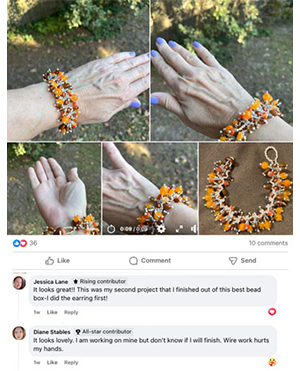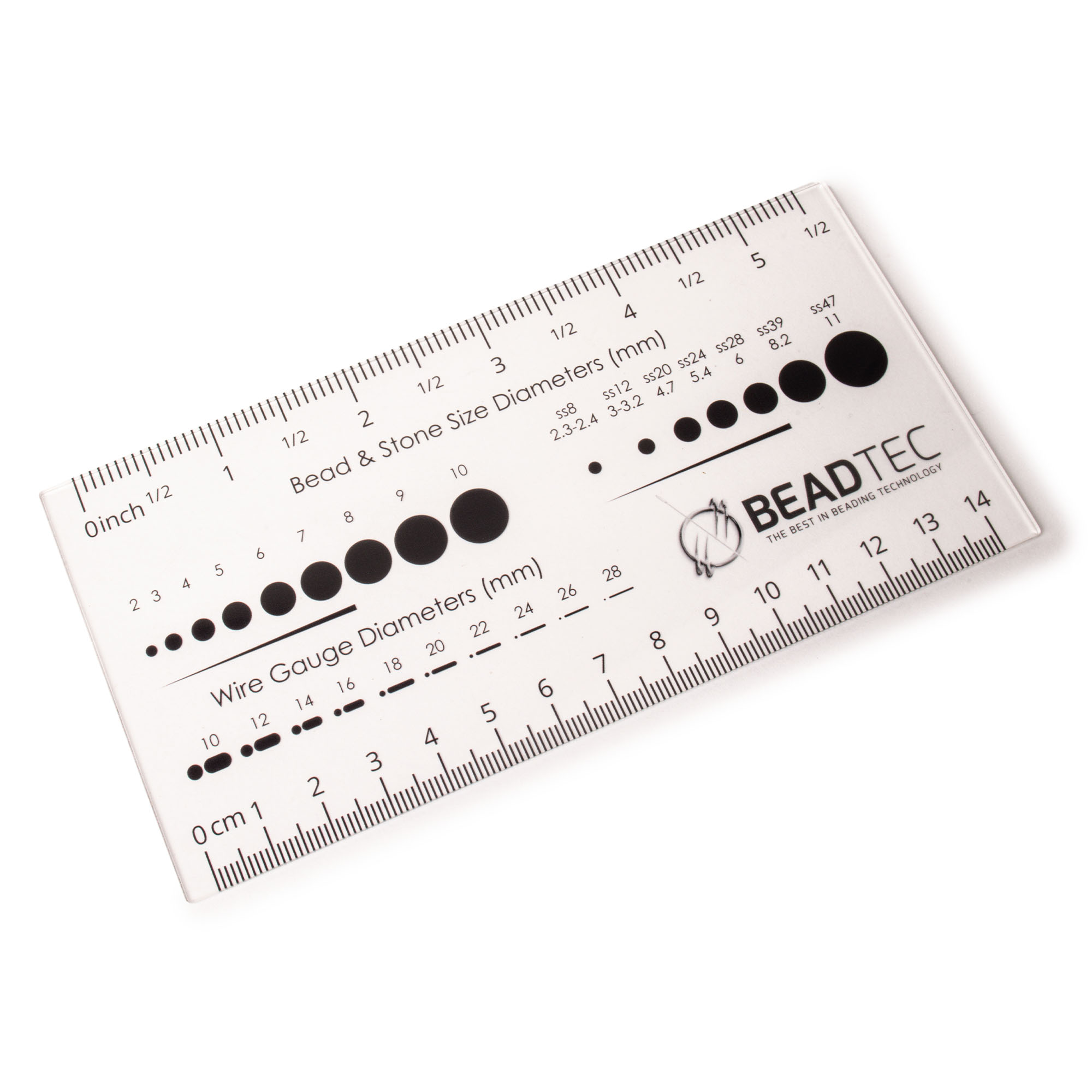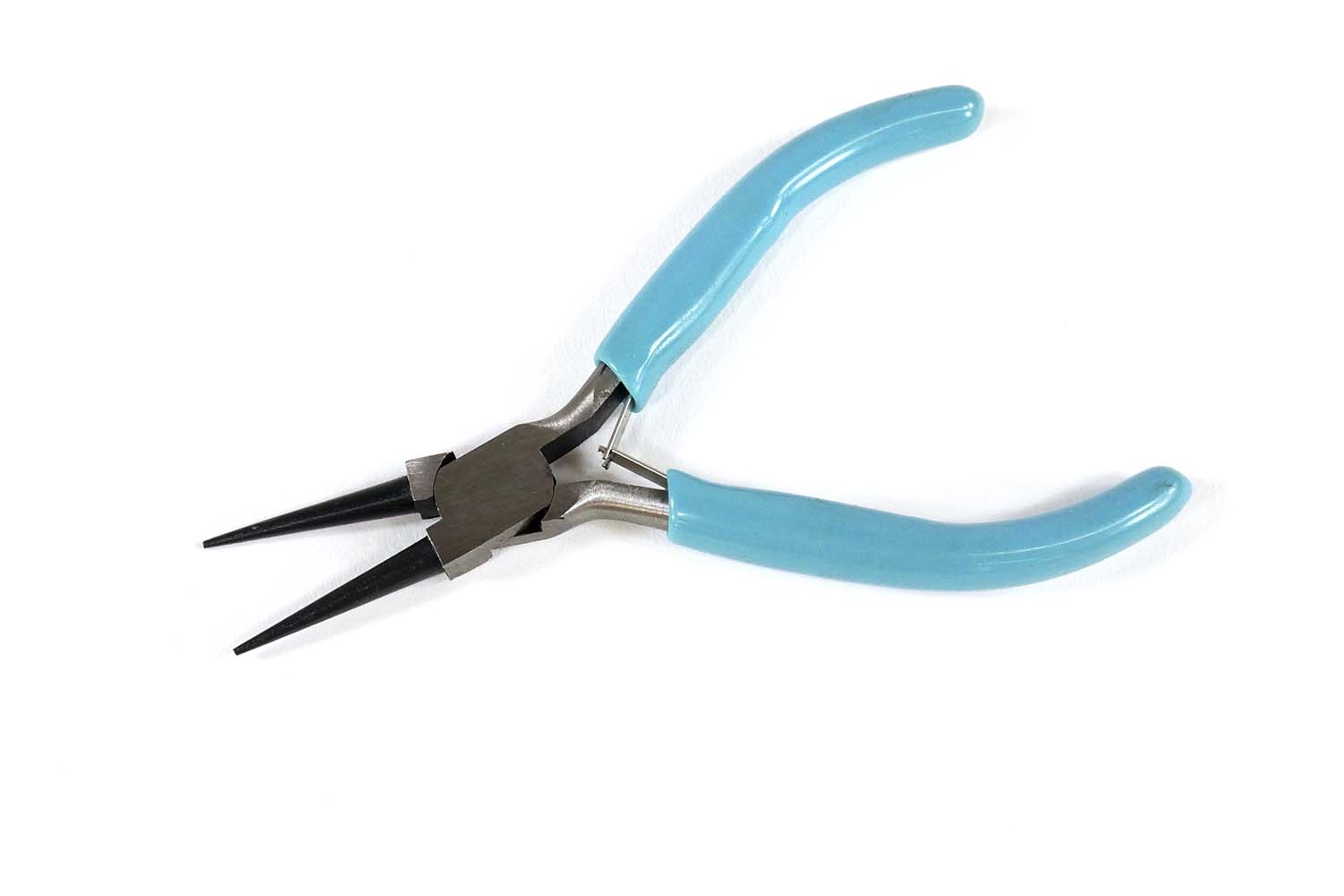- Jewelry-Making Supplies ▾
Design Jewelry with Confidence!
Seed Beads
Thread, Wire, & Stringing Materials
Athenacast Findings & Components
Everything Else
- Kits & Collections ▾
Assemble Your World
Kits & Collections
- Subscriptions ▾
Want monthly Beading Happiness?
Subscriptions
- Learn to Make ▾
Want to learn more?
- Discounts & Deals ▾
Explore Today's Promotions!
- Jewelry-Making Supplies
- Kits & Collections
- Subscriptions
- Learn to Make
- Discounts & Deals
-
Seed Beads
Thread, Wire, & Stringing Materials
Findings & Components
Everything Else
-
Kits & Collections
-
Subscriptions
- Home
- How to Make Jewelry
- Better Beader Episodes
- What is Silver?
What is Silver?

Watch the Video Tutorial
Watch the Video Tutorial
Need Any Extra Materials?
Need Any Extra Materials?
Need Any Extra Materials?
Need Any Extra Materials?
Episode Transcript
Episode Transcript
Introduction
In this informative Better Beader episode from Potomac Beads, Allie delves into the fascinating world of silver jewelry making. She explores the different types of silver used in jewelry, their properties, and how to work with them effectively. Whether you're a beginner or an experienced jewelry maker, this episode is packed with valuable insights and tips to help you create stunning silver pieces.
Types of Silver
Allie discusses the three main types of silver used in jewelry making:
- Fine Silver (999): The purest form of silver, consisting of 99.9% silver. It's very soft and malleable, making it ideal for delicate designs and intricate work.
- Sterling Silver (925): An alloy containing 92.5% silver and 7.5% other metals, typically copper. It's harder and more durable than fine silver, making it suitable for everyday wear.
- Argentium Silver: A tarnish-resistant sterling silver alloy that contains germanium. It maintains its bright, shiny appearance longer than traditional sterling silver.
Working with Silver
Allie shares valuable tips and techniques for working with silver:
- Use a torch or kiln to anneal (soften) silver before shaping or forming it, as it can become hard and brittle when worked.
- Solder silver using hard, medium, and easy solder to create strong, durable joins.
- Pickle silver after soldering to remove oxidation and flux residue, using either a chemical pickle solution or a safer alternative like citric acid.
- Polish silver using a polishing cloth, tumbler, or other polishing tools to achieve a bright, shiny finish.
Caring for Silver Jewelry
To keep your silver jewelry looking its best, Allie recommends:
- Storing silver pieces separately in airtight containers or bags to prevent tarnishing.
- Using a polishing cloth regularly to remove light tarnish and maintain shine.
- Removing silver jewelry before swimming, exercising, or using harsh chemicals to prevent damage and discoloration.
Conclusion
By understanding the different types of silver and learning how to work with them effectively, you'll be well on your way to creating beautiful, long-lasting silver jewelry. Experiment with different techniques and designs to find your unique style, and don't forget to share your creations with the Better Beader community!
For more helpful tips and inspiring projects, be sure to check out other Better Beader episodes from Potomac Beads.
Join Our Growing Community
Join Our Growing Community




Our Testimonials
Our Testimonials
- 55862 (83.8%)
- 4797 (11.4%)
- 3286 (4.1%)
- 228 (0.4%)
- 124 (0.3%)
- Favorite Reviews
- Highest to Lowest
- Newest to Oldest
- All Ratings
- 5 ★ Reviews
- 4 ★ Reviews
- 3 ★ Reviews
- 2 ★ Reviews
- 1 ★ Reviews
Loading...
Only Visible on Admin Mode
Item Description
Designer's Material List
Project Steps
Step 2: Learn the difference between silver types, such as sterling (925) and fine silver (99.9% pure), and their uses in jewelry-making.
Step 3: Be cautious of terms like "Tibetan silver," which may not contain real silver. Instead, look for specific metal content or coatings.
Step 4: Always read the full product descriptions for details on the metal composition and coatings to avoid disappointment.
Step 5: Ask questions if unsure about a product's material. Sellers should provide clear information on their items.
Highest Quality
Products
100% Money
Back Guarantee
Fast
Shipping
Best Teaching &
Customer Service
You'll want these emails...
Get Free Projects & Inspiration
Get Free Projects & Inspiration
- Bullet 1
- Bullet 2
- Bullet 3
Copyright © PotomacBeads









